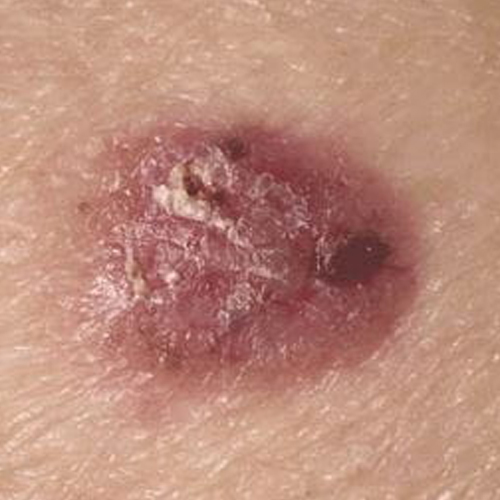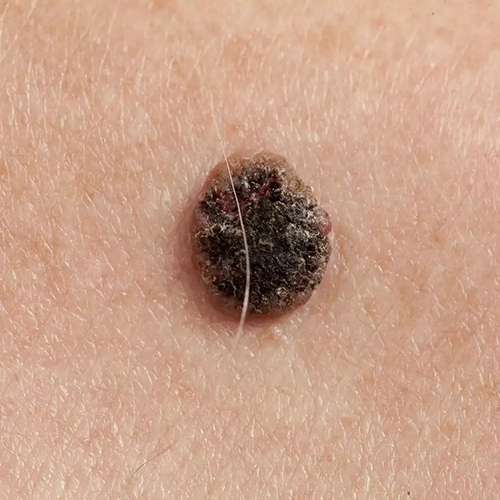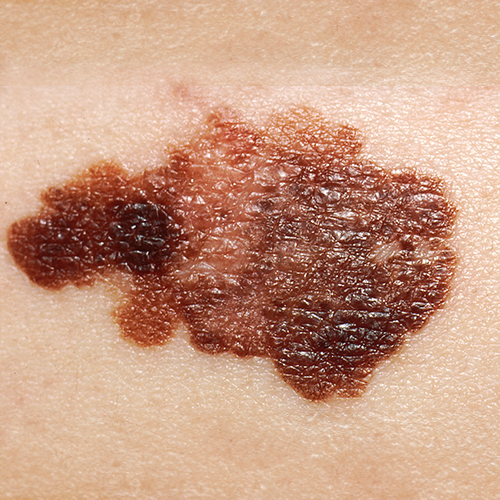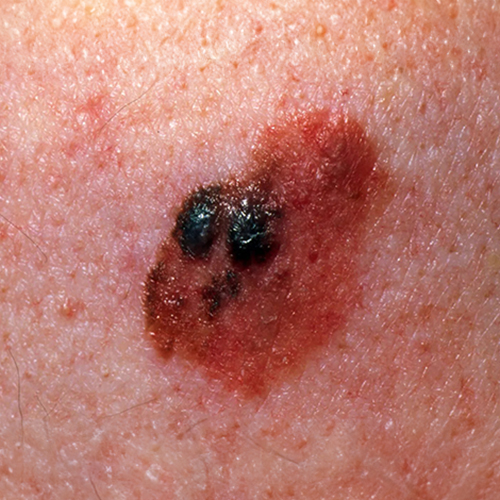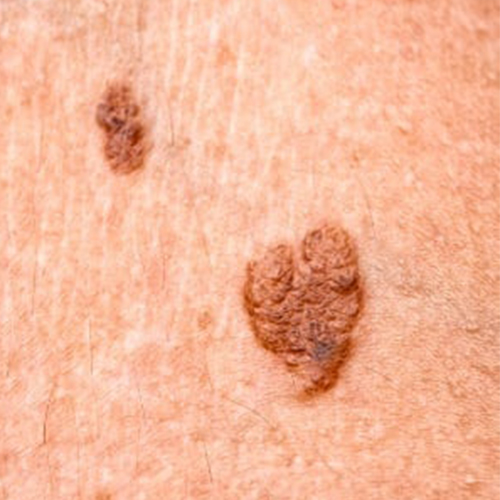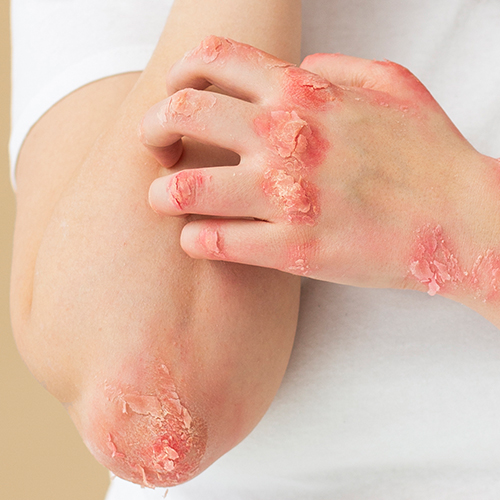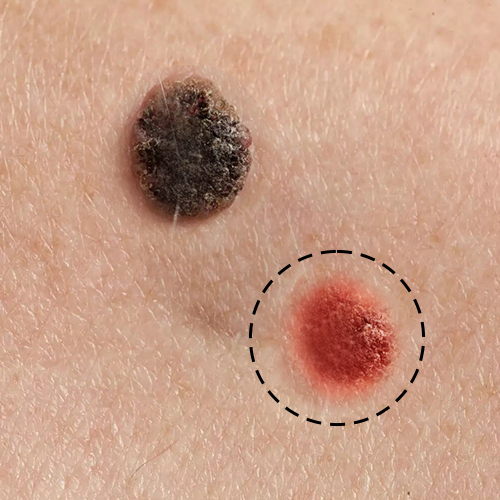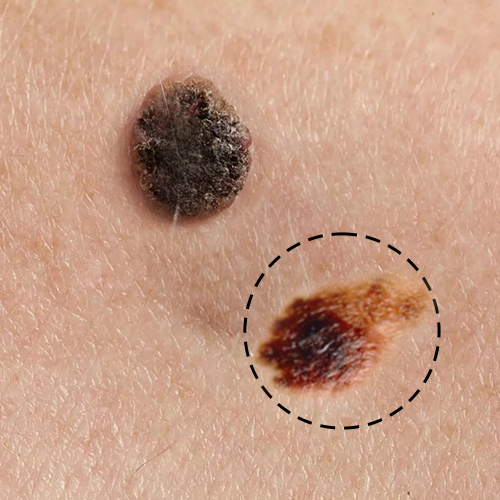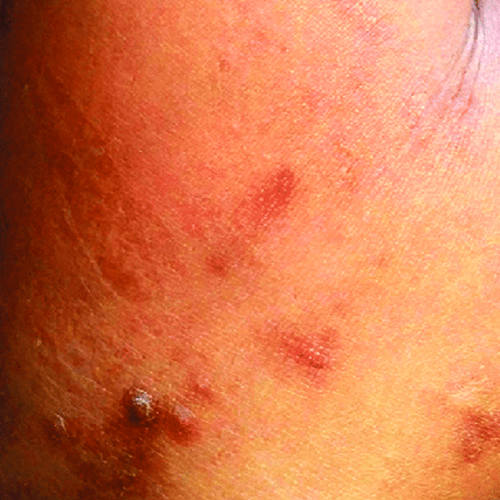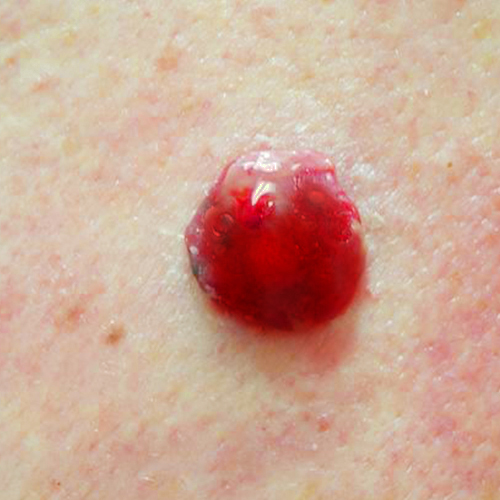The treatment of melanoma and skin cancer is stage-specific, tailored to the extent of the disease and individual patient factors.
- Stage 0 (In Situ):
Localized lesions may be excised through surgery or treated with techniques like cryotherapy. Regular monitoring and preventive measures are often sufficient.
- Stages I and II:
Surgical excision remains a primary approach, removing the tumor and a margin of healthy tissue. Sentinel lymph node biopsy may be considered to assess possible spread.
- Stage III:
Surgery, immunotherapy, targeted therapy, or a combination may be recommended. Lymph node dissection may be considered if cancer has spread to nearby nodes.
- Stage IV (Advanced):
Stage IV melanoma is considered the most advanced phase, where the treatment/management interventions focus on controlling the symptoms to improve the quality of life. However, surgical interventions, chemotherapy, and other systemic therapies, such as immunotherapy and targeted therapy can also be leveraged to restrict the cancer progression.
- Recurrent Melanoma:
Treatment depends on the location and extent of recurrence. Surgical excision, immunotherapy, targeted therapy, or participation in clinical trials are considered.
Regular follow-ups post-treatment are crucial for monitoring recurrence and managing potential side effects. Patient involvement in decision-making, understanding treatment options, and open communication with healthcare providers are central to achieving optimal outcomes in the complex landscape of melanoma and skin cancer treatment.
